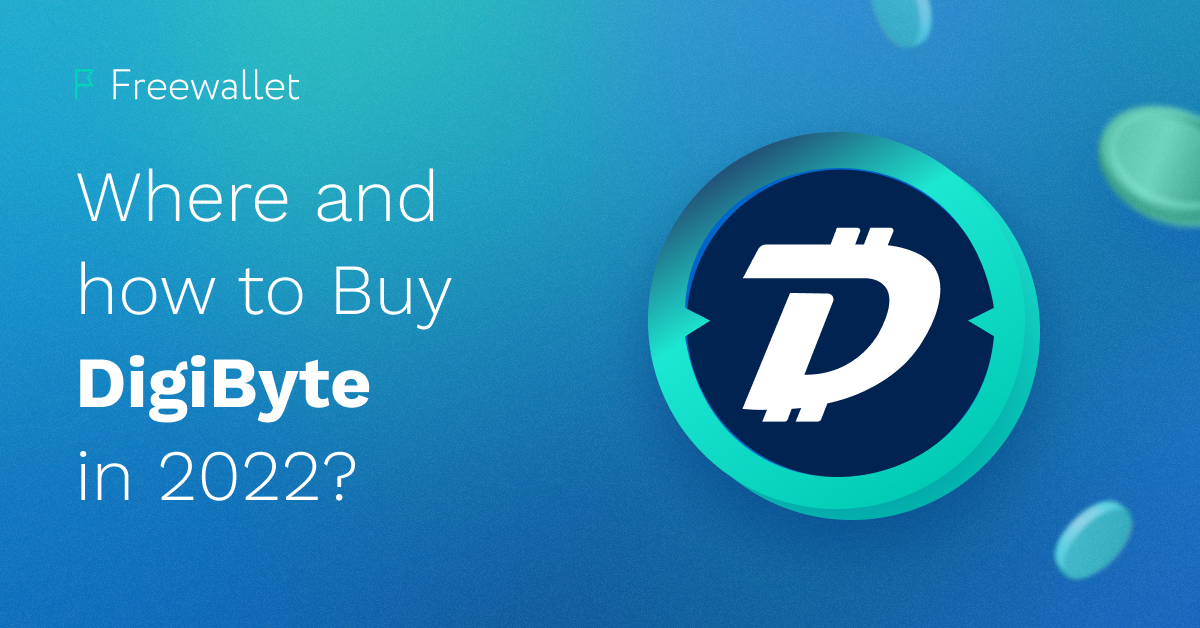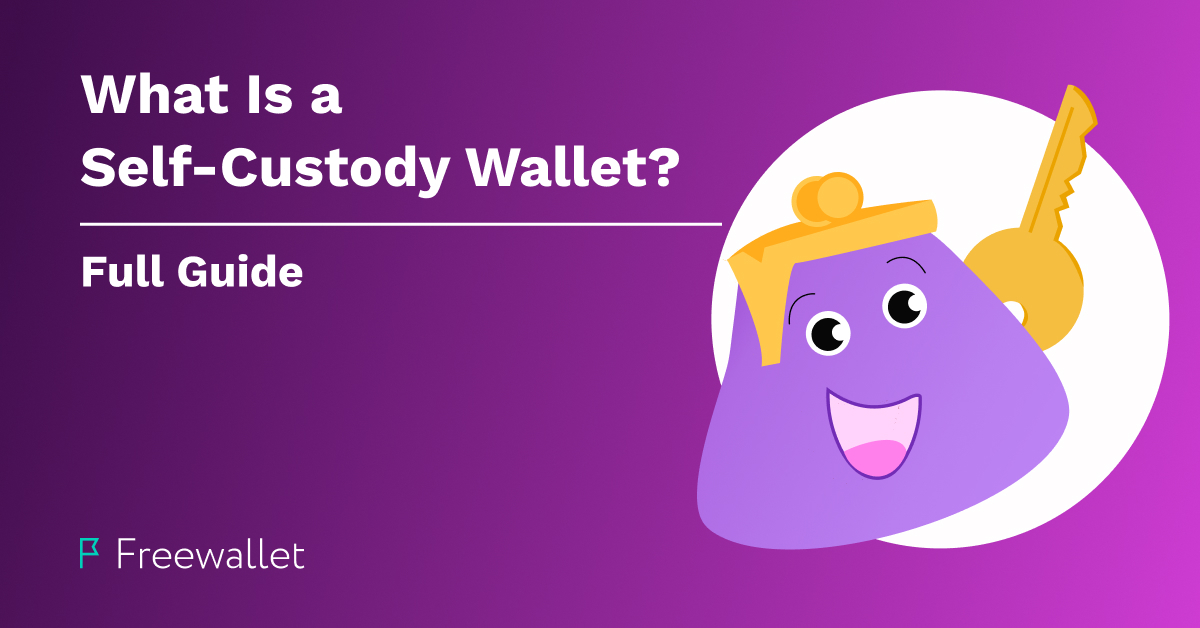
Bitcoin is a deflationary asset. Its total supply is limited to 21 million – this is a well-known fact. It may seem that we got close to reaching this amount. As of 2022, over 19 million of all Bitcoins are already in circulation. However, thanks to regular block reward halving events, the speed of Bitcoin mining gets slower. Calculations show that the final fractions of the last Bitcoin will be mined only in 2140. What happens when all Bitcoins are mined? What happens when the Bitcoin block reward is gone? We will give you comprehensive answers to these and other questions.
Why Are There Only 21 Million Bitcoins?
We can point out multiple reasons behind Bitcoin’s supply limitation. The first thing that comes to mind is the striving to prevent inflation. The scarcity of the asset is meant to preserve its value as time goes on.
Why precisely 21 million? The Bitcoin creator, Satoshi Nakamoto, allegedly stated that he sees the approximate value of 0.0001 BTC as 1 Euro. At the same time, if Bitcoin replaces fiat money, each Bitcoin of 21 million will be worth around one million USD.
21 Million Bitcoins. Will They All Be In Circulation One Day?
The short answer is “no.” There are at least two reasons for that. The first reason is that some Bitcoins are already locked in the wallets of those who cannot restore access to their coins due to the loss of the private key or seed phrase. Some Bitcoins are locked in the wallets of deceased people. By some accounts, about a fifth of all Bitcoins is locked and probably forever. This estimation was made in 2020. We do not doubt that nowadays, the percentage of lost Bitcoins is higher. If these coins are not restored in the future, there will never be 21 million Bitcoins in circulation.
However, if we consider that “lost” Bitcoins should pass as valid, then we should say that the 21 million mark will be nearly reached around the 2140 year. That’s when the last Bitcoin will be mined. Or at least experts agree on this today.
The second reason why 21 million Bitcoin will never be mined is that the fractions of BTC smaller than 1 Satoshi (0.00000001 BTC) are rounded down. It makes the 21 million mark unreachable, although miners will get very close.
As you can see, there will never be 21 million Bitcoins in circulation. The actual number of Bitcoins in circulation is about 15 million out of 19 million mined Bitcoins. This amount will probably only decrease when the last block reward hits the miners’ wallets.
BTC Scarcity As the Price Driver
Many analysts regard scarcity as one of the critical factors of Bitcoin’s continuing value. The fewer units this currency has, the more the value of each fraction is. However, it’s important to keep in mind that it is not scarcity that creates value. If you draw a portrait, you will create a scarce item. Try to sell it, and you will see how valuable it is. Probably, not 21 million times more valuable than Bitcoin.
Scarcity propels the value of items and assets of high interest. The limited Bitcoin supply combined with millions of Bitcoins lost in the locked wallets certainly make the sought-after cryptocurrency more valuable. However, scarcity is not the only factor determining the asset’s price.
There was an attempt to predict the future price growth of Bitcoin through a scarcity-centered model called Stock-to-Flow. However, even the founder of this model had to admit that it was inaccurate. According to the original S2F estimation, the Bitcoin price will reach $1 million per coin in 2025. As of 2022, such optimism is not mainstream.
21 Million Bitcoins Are Mined. What’s Next?
At some point, all Bitcoins will be mined. The network will keep its operations, and mining will retain its importance. There will be no new Bitcoins that will serve as a block reward. Instead, miners will earn via transaction fees. These fees will serve as a reward and an incentive to miners. It means that not many things will change when all the Bitcoins are mined. Bitcoin will still be based on the PoW protocol. Miners will validate transactions and get rewards for that. The network will still be operative and fully automatic. Only the source of miner rewards will change its nature. Although, we cannot say that transaction fees per se will become something new. They already exist today. The only novelty will concern the distribution of these fees.
Nowadays, it is tough to predict how things will change for miners when all the Bitcoins are mined. It will happen around the 2140 year. We can’t say where Bitcoin will be over one hundred years from now. Considering the level of criticism Bitcoin gets for utilizing the Proof-of-Work, the future popularity of the first crypto, especially in the next century, is not that obvious. No one knows how much BTC will be in circulation and whether Bitcoin will be a popular means of payment or a popular store of value. It’s not clear if mining for transaction fees will be profitable. If cryptocurrencies sustain for the next 120 years, it is possible that newer projects will eclipse Bitcoin by the time when the last BTC fractions will be mined.
Some experts are afraid that the lack of block rewards can lead to a situation where miners will try malicious methods in order to achieve more profits. They will be able to pump transaction fees or earn via so-called selfish mining, a procedure in which bad actors don’t release valid blocks to the public blockchain but create a fork that allows them to steal money from other users. Once again, we are not going to scare you with these visions of the far future, as we don’t really know what place Bitcoin will be occupying in the world 100 years from now.
The Bottom Line
We base our opinions on current conditions when we speculate about what will happen when all Bitcoins are mined. We can’t take into consideration dozens and hundreds of significant and minor factors that will shape the future of the Bitcoin project in the following decades.
However, if we need to predict the distant future, the only grounds that we have are the past data and the current state. At least, we can extrapolate it to have an approximate probability.
We can’t know what happens when the last Bitcoin is mined. Still, suppose it happens in the modern-like world. In that case, it will have little effect on the network (optimistic scenario) or push miners to malicious practices to maximize their rewards and profits (pessimistic scenario). The main conclusion, however, is that technically the network itself won’t stop in the wake of the block reward removal and miners won’t lose an incentive. Future has more intriguing questions and challenges for the Bitcoin community, and the 2140 events are probably the least disturbing.
FAQ
What is the amount of mined Bitcoins?
As of October 2022, the amount of mined Bitcoins is over 19 million BTC.
How much time does it take to mine 1 BTC?
At the time of writing (October 2022), miners “produce” 900 Bitcoins daily. It means that, on average, one Bitcoin is produced every 1 minute and 36 seconds. However, the average per-miner-reward of 0.14 BTC is distributed only after nearly 10 minutes of successful mining (because the normal Bitcoin block time is a bit below 10 minutes). It takes around 80 minutes to find eight blocks and earn 1 Bitcoin.
Will mining fees change when all Bitcoins are mined?
Mining fees will probably go away. Miners will earn via the transaction processing fees.
Related
Stay tuned
Subscribe for weekly updates from our blog. Promise you will not get emails any more often.
Most Popular
New Posts
Stay tuned
Subscribe for weekly updates from our blog. Promise you will not get emails any more often.








